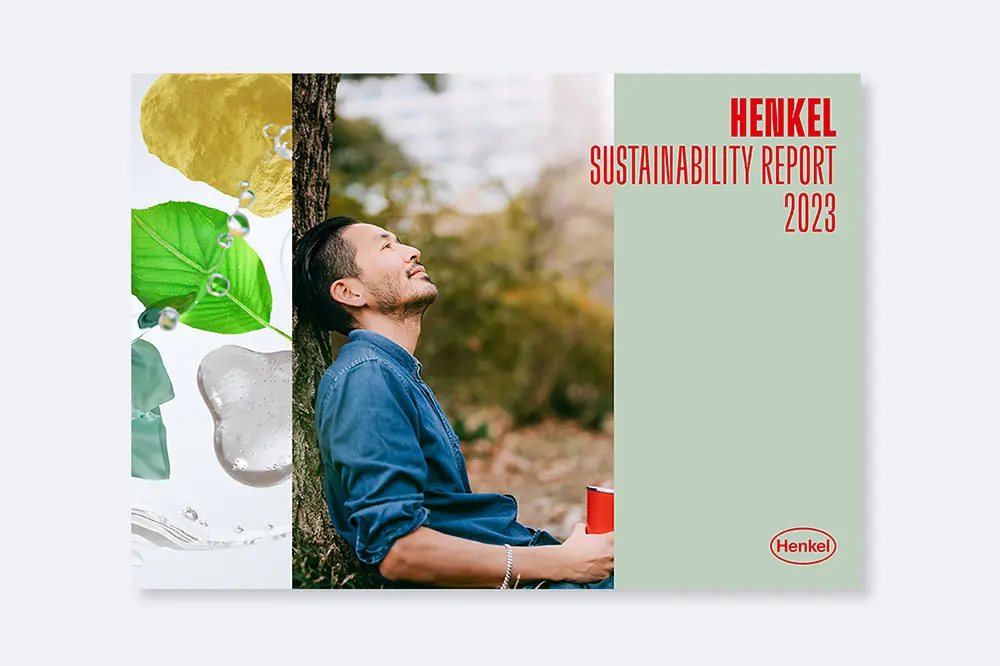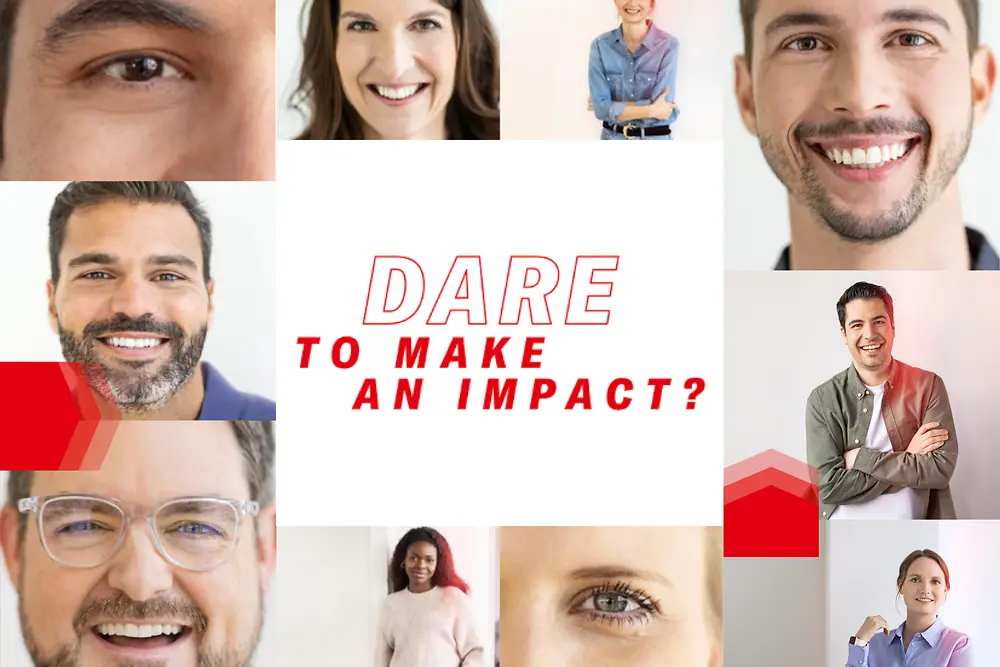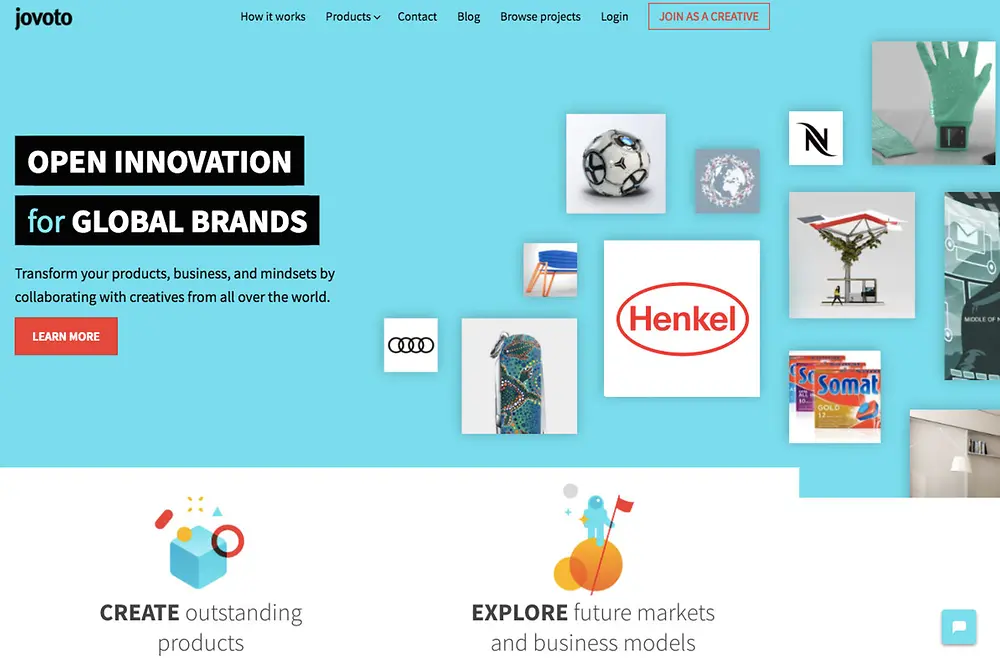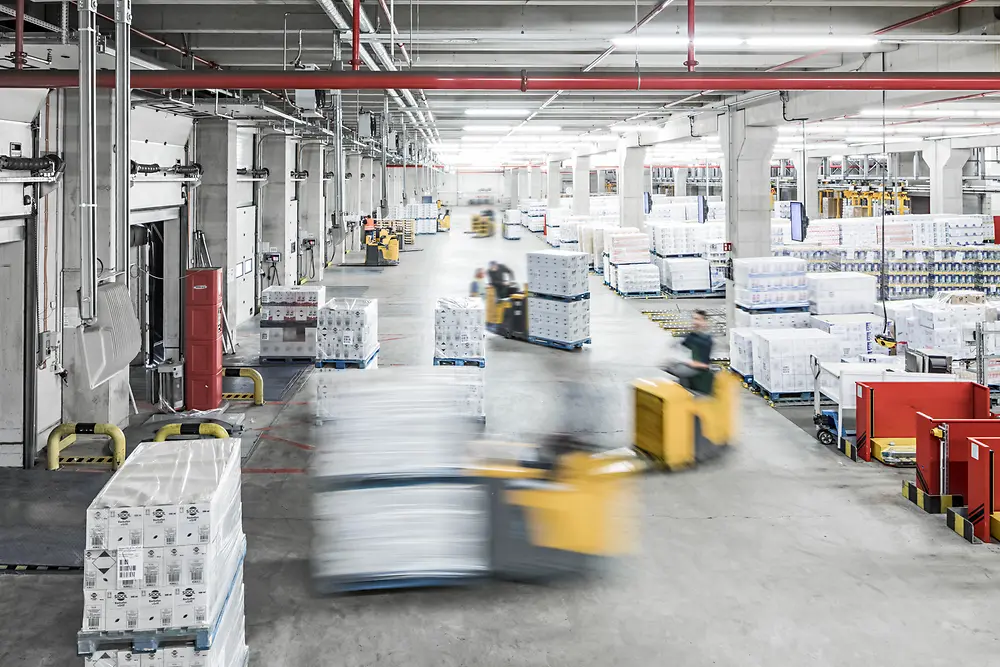Discover the brands and technologies from our business units Adhesive Technologies and Consumer Brands.
“Big data has never been as exciting as it is today.”
Which product is particularly popular with consumers in a specific region? Will consumers like this new scent? How can production and logistics be optimized for future demand? Thomas Zeutschler finds the answers to these questions. He leads Henkel’s Analytics Center of Excellence: Since 2015, he and his team have centralized the company’s big data competencies.
Mr. Zeutschler, as Head of the Analytics Center of Excellence, you are one of the big data masterminds at Henkel. How important is this topic for the company?
Data analytics give us the opportunity to better understand structures and connections. That’s important for all of our internal processes. The analyses also provide us with valuable insights into our markets, emerging trends and consumers’ needs. Big data helps us learn and improve in every area.
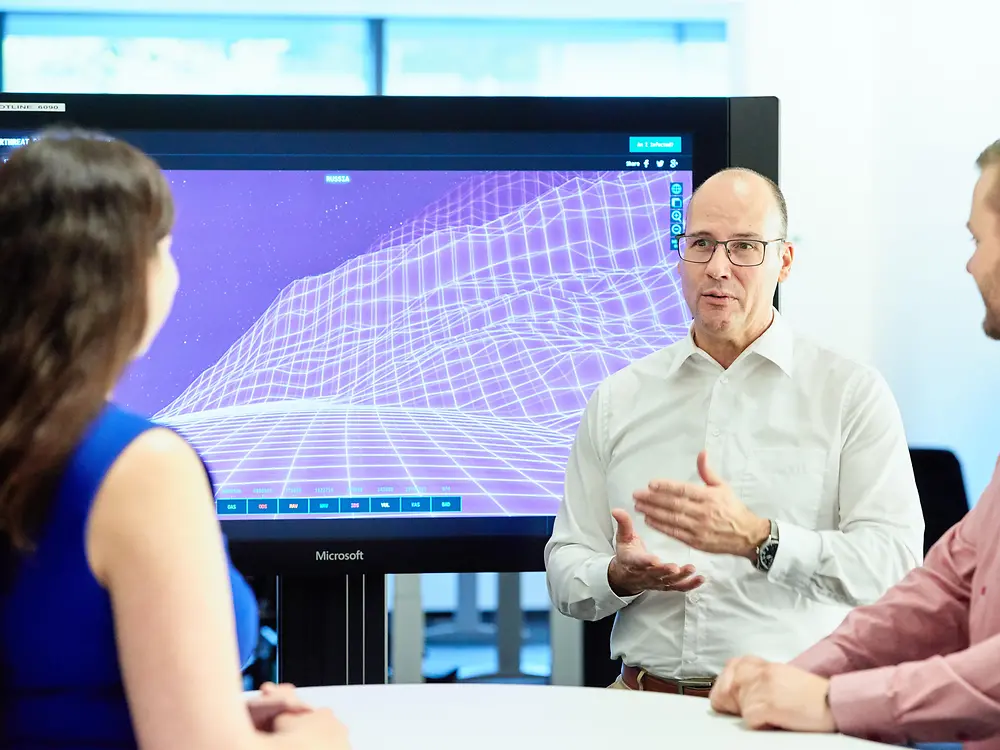
Thomas Zeutschler is the big data expert at Henkel: He leads the company’s Analytics Center of Excellence.
Why is it necessary?
Just like most other consumer goods and industrial manufacturers, we want to understand why consumers purchase one item and not another. At the same time, we have very high quality standards – and we want to make our internal processes as simple, sustainable and well-coordinated as possible. At Henkel, we have always worked with large volumes of data. With big data, we now have new methods and technologies that additionally allow us to combine different bits of information and draw insights from it.
Your department was established in 2015. How come Henkel decided to put together its own big data team – and how does your team work?
We recognized early on that analyzing new information sources – such as social media or sensor data – is becoming increasingly important. We were able to build on many years of experience with data analysis, but big data works entirely differently. On the one hand, there is a lot more data, and of a different kind – including unstructured, unordered and incomplete data. On the other hand, the questions we’re asking are also completely different. They are most often forward-looking: How will sales develop in a particular region? When do goods need to leave the factory to be delivered to the customer on time? How and when should we approach which consumers?
How do you find answers to questions as complex as those?
The underlying mathematical processes are often complicated and very computationally intensive. In many cases, it isn’t even clear in advance which procedures will yield the best results. That’s why trying things out, discarding and rethinking them is a big part of the job. All of this requires a different, very agile and creative way of working – combined with mathematical-statistical and technical knowledge. I think the term “data science” describes it quite accurately. It’s the reason we have a dedicated team for analytics and big data management. We provide the necessary expertise and tools to allow the different teams at Henkel to make better and faster decisions based on real data.
What are you currently working on?
The topics we address are very diverse. Our projects pervade the entire value chain. One case we handled recently was about hair colorants. These products have very strict specifications, because even the smallest variations in composition can produce a different finish. We wanted to reduce the so-called rework rate – which is to say the work required to reach the perfect dosage – and be able to achieve the ideal result in the first production run. We combined several data sources to do this: What will be produced, what are the formulations? What do the sensors on the machines in production say, and how is the quality of the latest samples compared to earlier ones? Connecting these bits of information from the different data sources was a very complex task.
Can you explain to us how it works?
Our system can make predictions and identify potential problems in production ahead of time based on historical data. For instance, it allows our employees to see immediately how adding an ingredient in a specific quantity would affect the product’s quality. Amazingly, approaches like this one can also be applied in completely different areas, such as logistics.
„Our work is 80 percent about processing data in such a way that it can be combined.“

Together with his team, Thomas Zeutschler explores a wide variety of questions – including the larger question of which fields big data could play an even greater role in going forward.
You use a lot of internal information from Henkel’s value chain. Isn’t it somewhat dull for the types of questions you work on?
On the contrary! In my opinion, internal data is almost more valuable than external information. It’s reliable, freely available to us and easy to steer. In the last few years, a lot of new, granular information has become available, which we can combine in meaningful ways. Every machine and every product emits data, which then becomes big data – information from many different sources.
What additional data do you work with?
Things like exchange rrates or weather data. For example, we developed our first digitized product that South Korean consumers can steer via their smartphone: Home Mat Home Control. The mosquito repellent dispenser has an interface with a major weather service that also provides mosquito forecasts. The product only dispenses a specifically calculated dose of the protective spray when the weather conditions require it. It’s more intelligent, more reliable and more economical.
Critics often object that data collection leads to so-called “transparent consumers”.
In Germany and the EU, there are clear rules defined by legislation. Additionally, Henkel has imposed strict limits on itself. We only use data for the purposes that allowed us to obtain it. Someone who provides their address for a prize competition wants to take part in that – but nothing else. My team and I have no access at all to personal data. We’re not interested in what an individual person does, anyway. We care about understanding how groups behave.

“We want to be more interconnected, and share even more information with each other along the value chain going forward.”
So, what’s next for big data analytics?
We want to be more interconnected, and share even more information with each other along the value chain going forward. This will allow us to find out how consumers are receiving new products and help retailers plan even more effectively. We are currently implementing a pilot project with a retail partner in the UK. We usually only get the first sales figures two weeks after a new product hits the supermarket shelves. In the meantime, stocks could run low or the item could barely sell at all – we wouldn’t know. Our retail partner in the UK is now providing us with sales figures on a daily basis, which allows us to adjust our production, logistics and advertising spending on short notice. The retail also benefits from this.
Many companies have a difficult time finding the right experts to expand their digital competencies. Where does Henkel stand in the competition for talent?
It’s true that data scientists are in high demand, and they tend to have their sights set on big players such as Google and other internet giants. However, we too have a lot to offer: Data scientists get to work on a wide variety of projects here. It’s both a fun and diversified experience. Students always get very excited when I tell them about our work – and I’m no different. I’ve been doing this job for a while, and I have to say: It has never been as exciting as it is today. We’re not looking for any math geniuses, though: A data scientist’s main skill is not being able to understand every last detail of an algorithm. Instead, they have to be able to recognize how a combination of data will help to answer a given question, which algorithm is the most suited for the task, and how the results can then be interpreted and used. To do this, they first have to understand our business.
Ideas that transform entire industries are coming out of startups these days – including in the field of data analytics. Are they going to outdistance you with their innovations soon?
We observe our markets very carefully. Henkel is a large organization. To keep up with the times, we need a new form of agility as it is modelled by many startups. There’s a lot we can learn from these creative businesses. Also, there are different ways of collaboration – for example, we can use individual services from or work together with these young companies. That also pays into Henkel’s approach to open innovation: We open ourselves up to the outside world to implement disruptive ideas.
